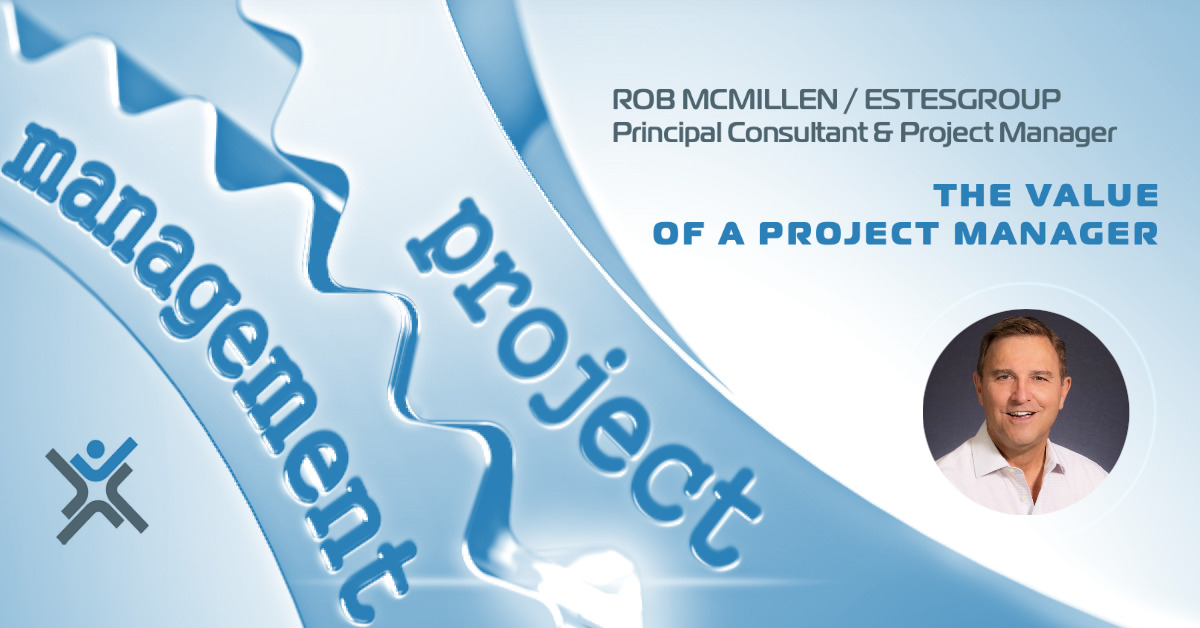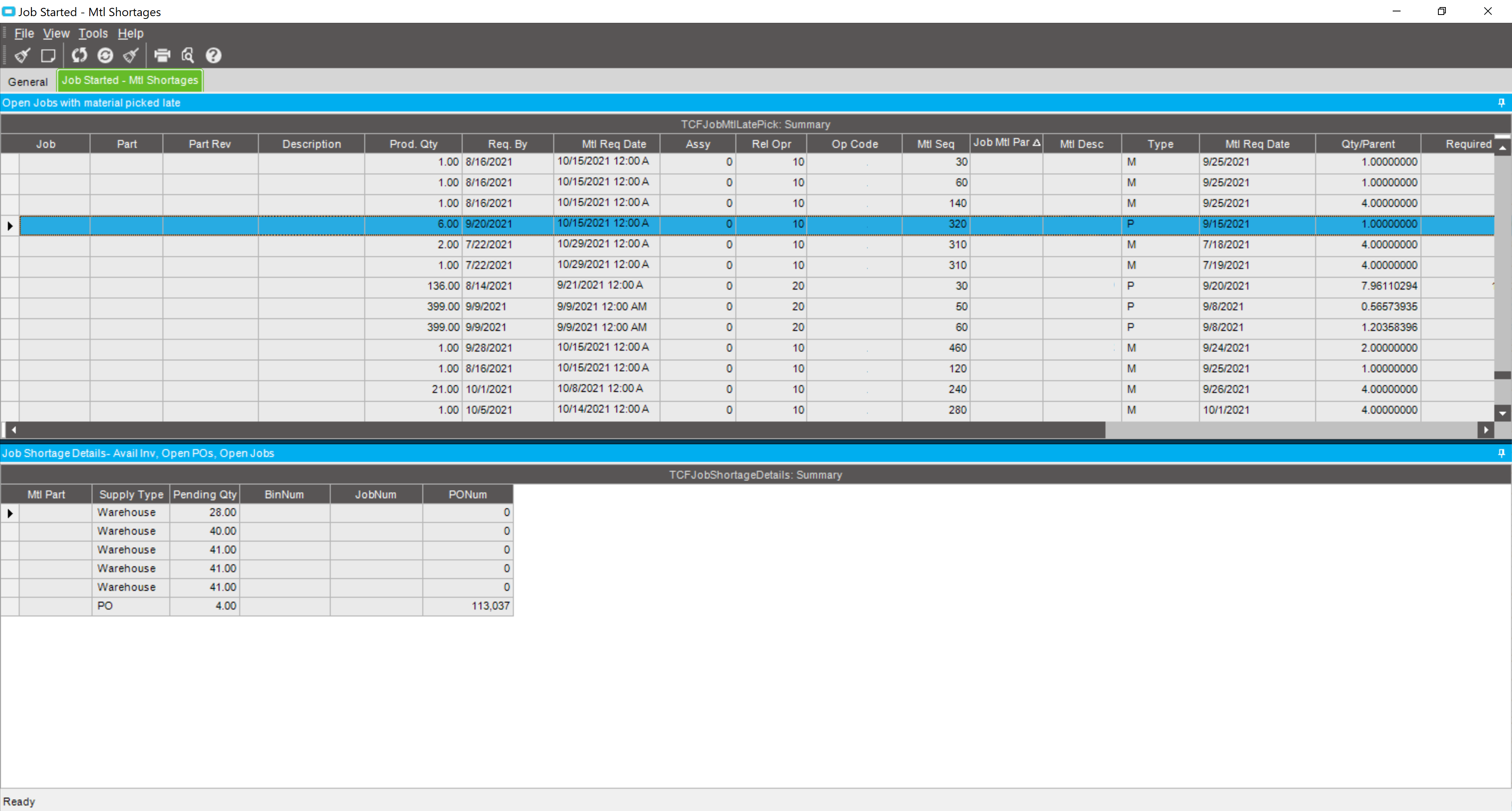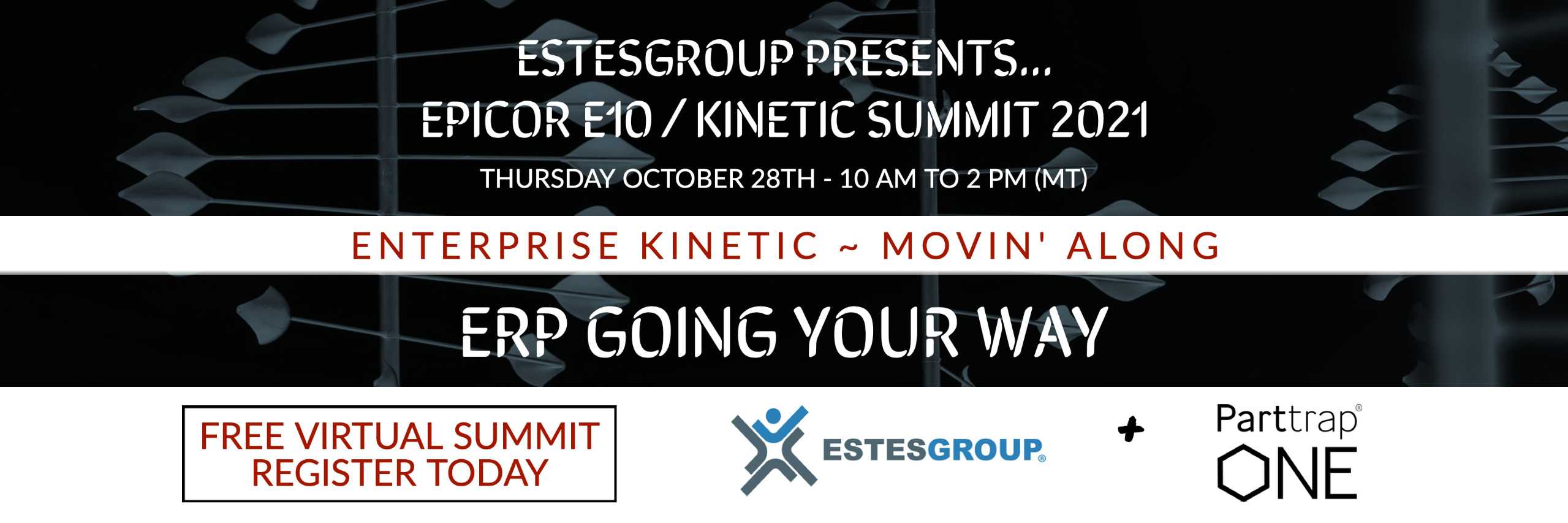
Putting Your Software Testing Strategy to the Test
Testing is the process that should use the most time in any software implementation. Why test? You selected this software and, of course, it should process transactions, shouldn’t it? Start testing, and some surprises will be exposed.

Testing basics, testing methods
To begin, you’ll need a testing team and a test suite. Form small teams of people from each discipline. The team leader will be from your implementation team and the remaining people will be on loan from the various functional groups. Select those people with care. They will become your “super user” core of trained people who will help others in their groups use the new software.
Pick any single-step transaction. Accounting might try a simple debit – credit journal entry. Customer service might enter a new sales order. Document the transaction: what general ledger account will you debit and which one gets the credit and how much money? What customer will place the order, what product will they buy, what is their purchase order number, and how much money is the order for?
Go to the transaction screen in the software and enter the transaction. Then enter the results in a log. If the transaction works as expected, record a green result. If the transaction completely fails, record a red result and note why it failed or why you think it failed. Sometimes the result will be yellow as it completed successfully but you found some kind of unexpected caution that probably should be corrected.
Corrective actions
The failure of a test could be a problem in the data loading. Maybe the general ledger you wanted to debit was not in your system. Try to figure out why and ask the data conversion group to correct the situation. When they make the fix, process your test again and now you might get a green result.
An unsuccessful test result could come from a failure in your training. You thought you could enter that new sales order but you need to read the instructions again.
There are many configuration settings in any system and these will affect test results. That sales order test failed because the customer you chose was limited to only buying products in a certain line and you chose a product that customer was not authorized to buy. The data team might have made an incorrect assumption which can be corrected. Their assumption might have been correct based on some other condition you were unaware of. Often more than one setting can be adjusted to yield the results your business needs. Keep the conversation going until a satisfactory result is found.
Test again and again
You performed a test today and gave it a green result. Tomorrow the same test was not green. People from across your business are performing tests in their functional groups and you will find the change they requested to fix their test inadvertently affected your test. This is normal. Your business is complex and the relationships within are also complex. Work through these changes and find what works for your entire organization.
More complex testing
As the single transactions become successful, begin to expand the testing to a series of transactions. You can receive the purchase order, now can you also see the product adding to your inventory and then can you pay your supplier? Late-stage testing might go from receipt of a customer order through producing the order, shipping the order, and collecting the payment.
Automated testing
Manual testing might not be the more cost-effective use of your technology staff’s time. Fortunately, AI-driven types of testing are now available at low cost. Software that can robotically reproduce tests is available and affordable. After the fifteenth time a group runs the same test, boredom begins. The test robot never gets bored. You had nothing but green for those fifteen tests. But only after the 115th test was there a failure because someone made a change. The robot will keep testing all day and night until you turn it off.
Even setting up and monitoring automated testing tools can be time consuming. Begin to formulate the best testing strategy for your business by fully assessing any system software in use.
There are many types of software performance assessments available to your business. EstesGroup’s IT experts are available for everything from basic operating system testing to full audits of your system. Our software testers and project managers can provide continuous testing services and external support when you need it: functional testing, exploratory testing, integration testing, unit testing, system testing, and more. Schedule a software assessment today to begin a conversation about how testing, checking, and testing your software again can help your business.



















